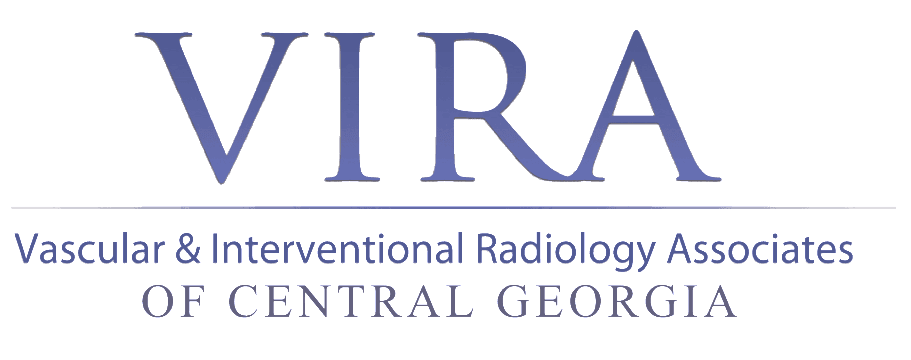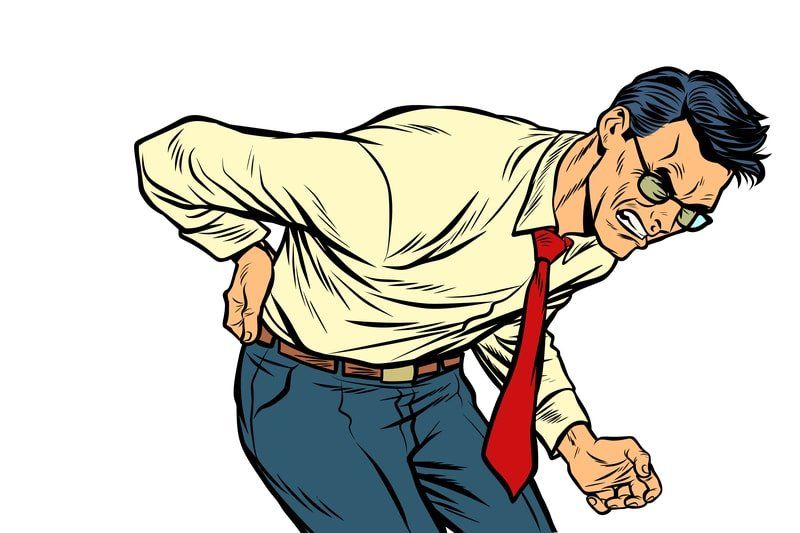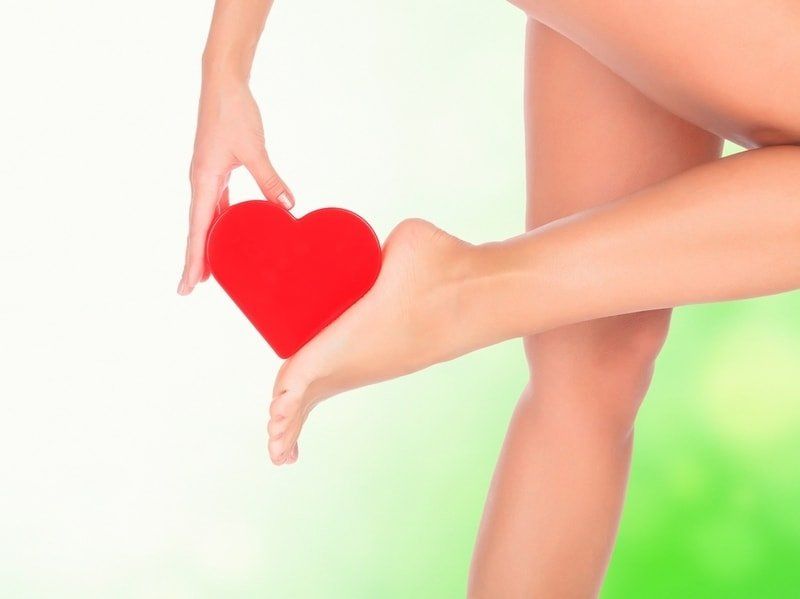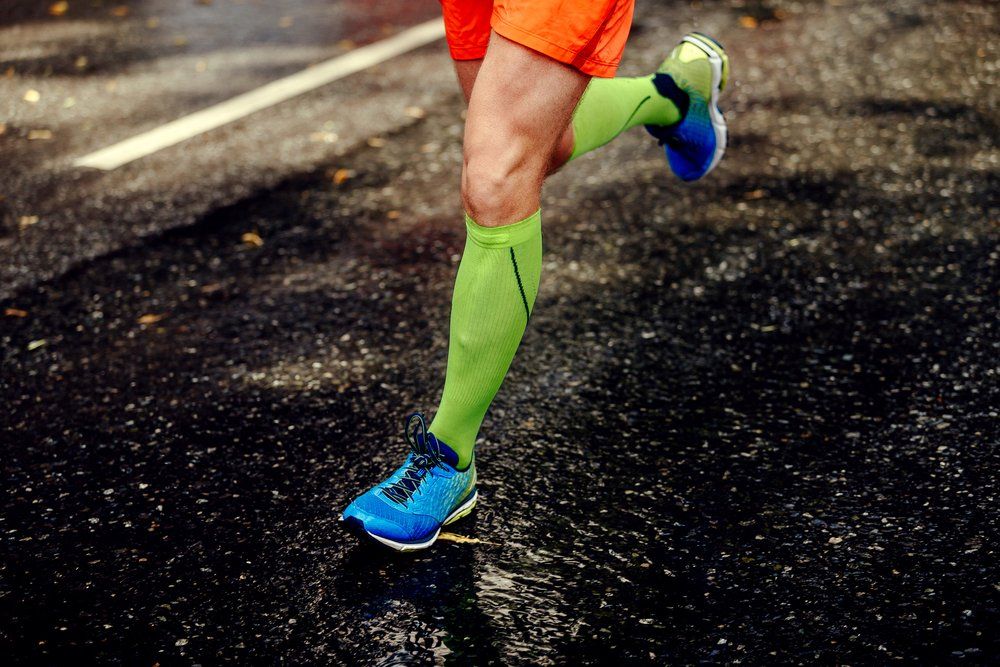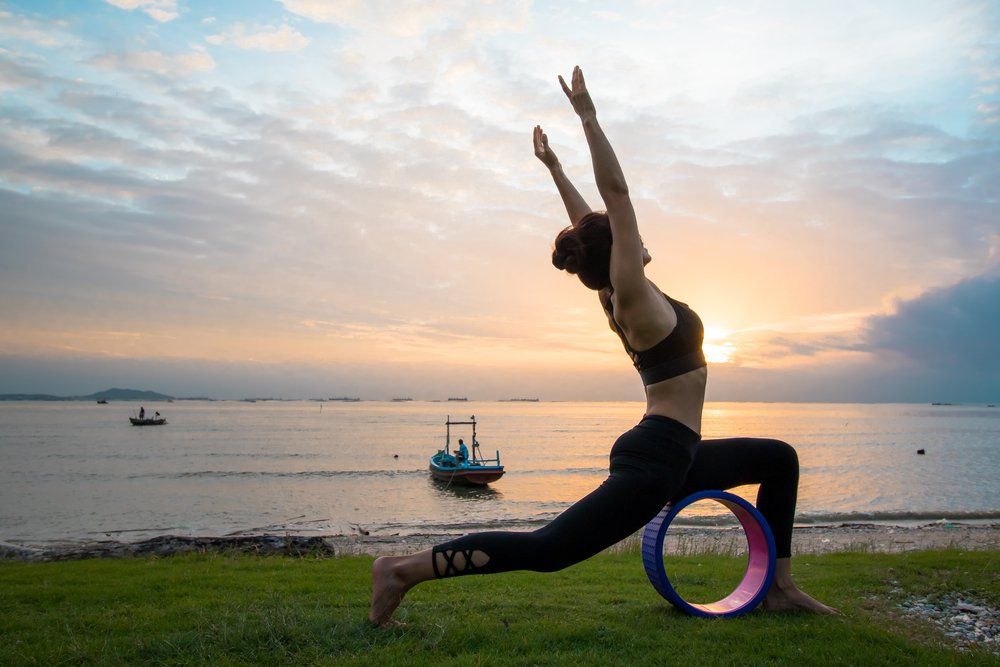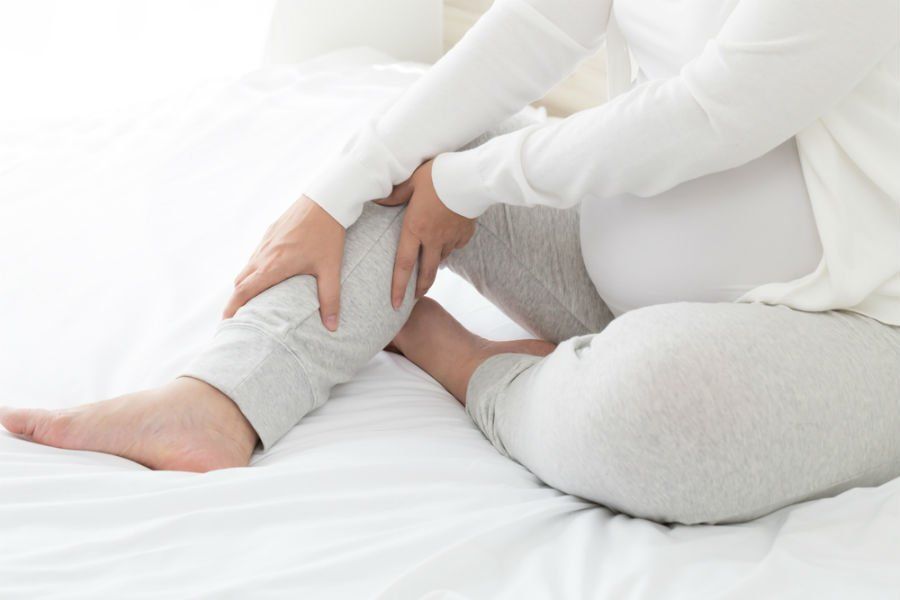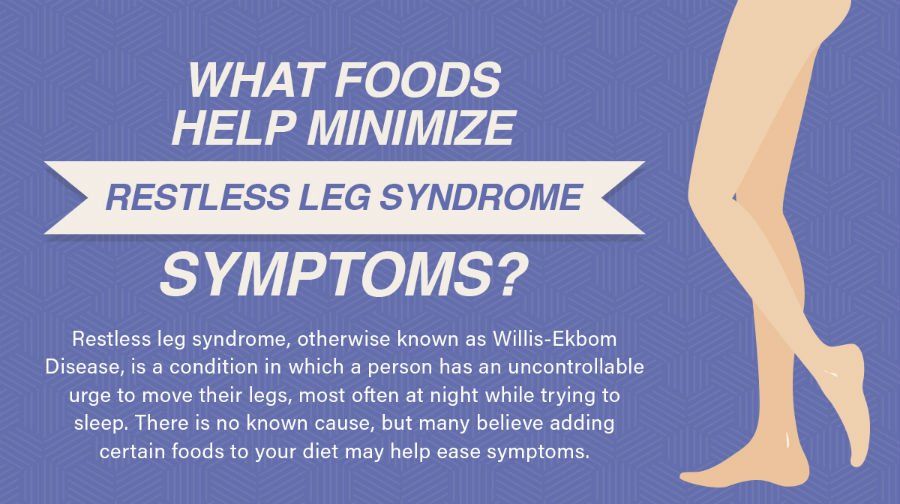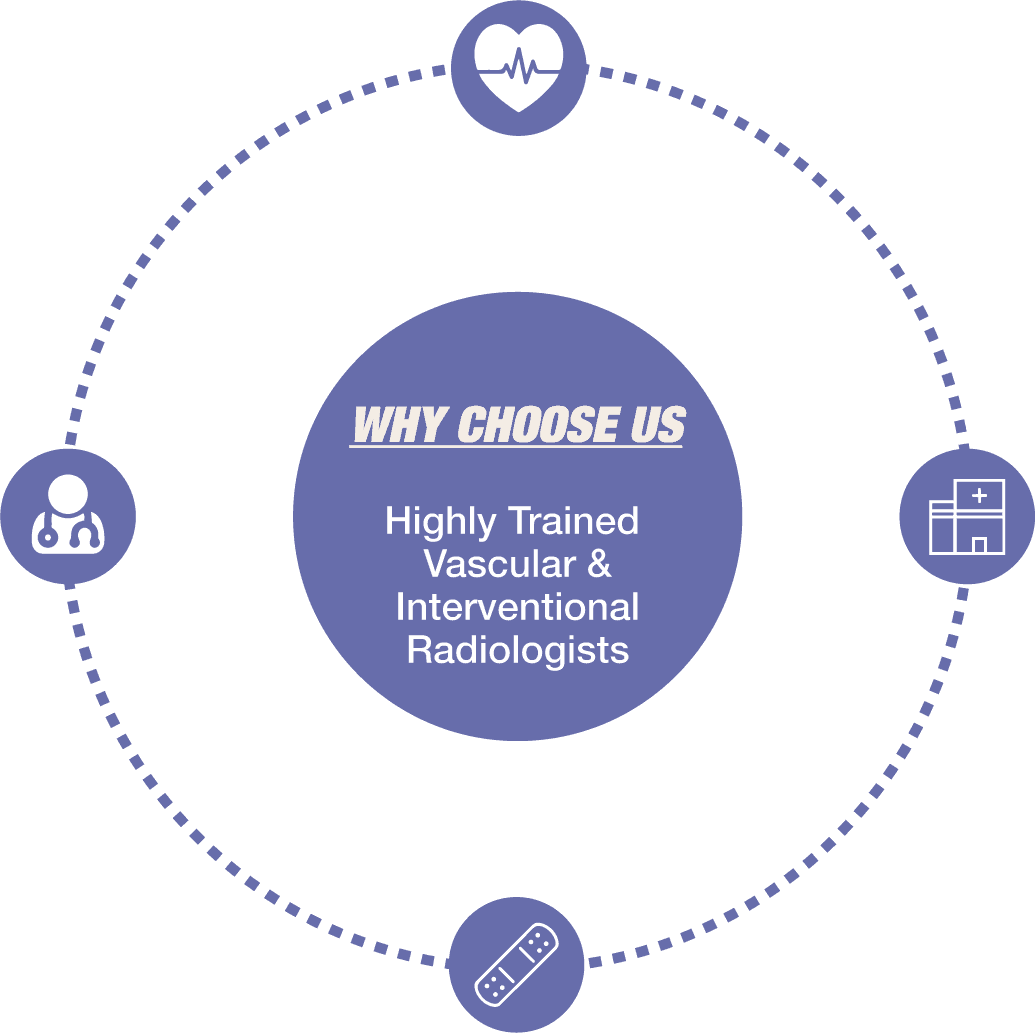Varicose Veins: Cosmetic Problem or Dangerous Health Condition?
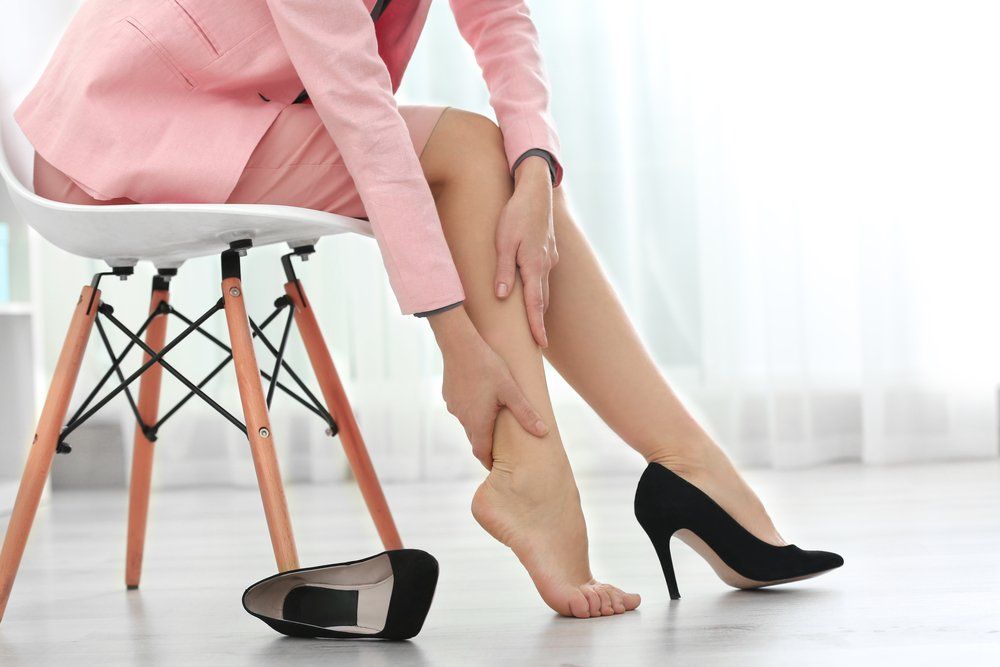
About one in five adultswill develop varicose veinsin their lifetime, but does this common issue pose a serious threat?
What Are Varicose Veins and What Causes Them?
Varicose veins are veins that have become enlarged and misshapen because of venous reflux disease. You can typically identify them by their knotted, bulging or discolored appearance. Many people also find that their varicose veins are sore or painful.
Your veins become varicose when they are subject to increased pressure and reduced blood flow. This can happen when a person:
- Gains weight
- Becomes pregnant
- Works a job that requires a lot of standing or lifting, or
- Ages
Are Varicose Veins Dangerous?
Yes, varicose veins can be dangerous, especially when left untreated. However, many people with varicose veins experience nothing more than occasional discomfort and cosmetic changes. It’s important that you see a vein specialist right away if you have:
- Sensations of leg soreness or heaviness
- Pain, itching or burning in your legs
- Visible bleeding, bruising or swelling
- A family history of venous reflux disease
Serious Complications Caused by Varicose Veins
By having a doctor assess your veins early on, you can avoid or postpone the following complications.
Clotting
Blood clots are the most serious side effect of untreated varicose veins. When a blood clot forms in a vein and the body cannot break it down, it obstructs blood flow, depriving body parts of the oxygen they need to function. There are multiple levels of severity when it comes to clots.
Superficial Thrombophlebitis
Although the name seems serious, this is the least dangerous type of blood clot associated with varicose veins. Here’s a deconstruction of the scientific term:
- Superficial — near the skin
- Thrombus — blood clot
- Phlebitis — vein inflammation
Deep Vein Thrombosis (DVT)
Unlike superficial thrombophlebitis, DVTis clotting deep in the legs. A blockage in this area has the potential to cause much more damage, and these veins lead directly back to the lungs, making DVT a risk factor for pulmonary embolism.
Pulmonary Embolism (PE)
PE happens when a blood clot breaks free — usually one caused by DVT — and lodges itself in a lung artery. This blocks all major blood flow in the body and starves it of oxygen, often causing death. People with PE may experience:
- Heart attack-like symptoms
- Chest pains
- Short or labored breathing
- Coughing up blood
Venous Leg Ulcers
A less severe side effect of varicose veins is the development of venous ulcersin the lower legs, typically near the ankles. The ulcers form as fluid leaks into the area surrounding the vein and cuts off nutrient flow, killing healthy tissue. Venous ulcers can be painful, and if left uncovered and untreated, act as pathways for germs to enter the body.
Bleeding
Since varicose veins are weaker and often protrude from the skin, it’s easy to puncture them and cause bleeding. Sometimes the bleeding is internal, in which case you will develop a bruise, but if the vein is near the surface of the skin, you may bleed externally. It’s highly unlikely you will lose enough blood to die or lose consciousness, but it’s imperative you get treatment and try to prevent bleeding in the future.
Pain
While varicose veins and blood clots can be symptomless, many patients experience pain and discomfort from them in their day-to-day lives. Over time, this can take a toll on your mental health and discourage you from socializing and leading an active lifestyle. Medical intervention may be necessary to relieve your pain.
Receive Treatment for Your Varicose Veins at VIRA of Central Georgia
Varicose veins aren’t just a symptom of aging or a minor cosmetic problem. Untreated venous reflux disease can lead to serious complications down the road. Luckily, the interventional radiologists at VIRA can help!
We are the only practice in the area that offers minimally invasive Laser Vein Therapy. The process includes inserting a catheter in the thigh and sealing the vein with either a small endovascular laseror radiation frequency from a VNUS Closuredevice. Both methods are highly successful and significant advancements over previous varicose vein treatments.
If you think you’d be a good candidate for treatment, please fill out our Vein Assessment Formor schedule an appointmentby calling 478-757-8868.

